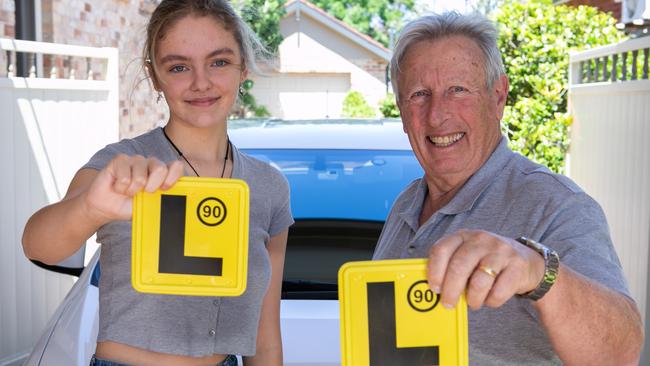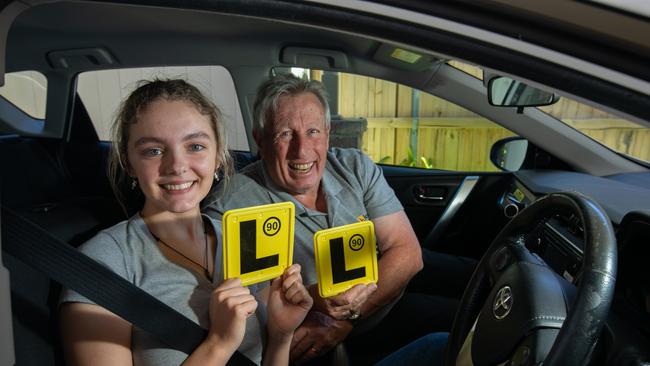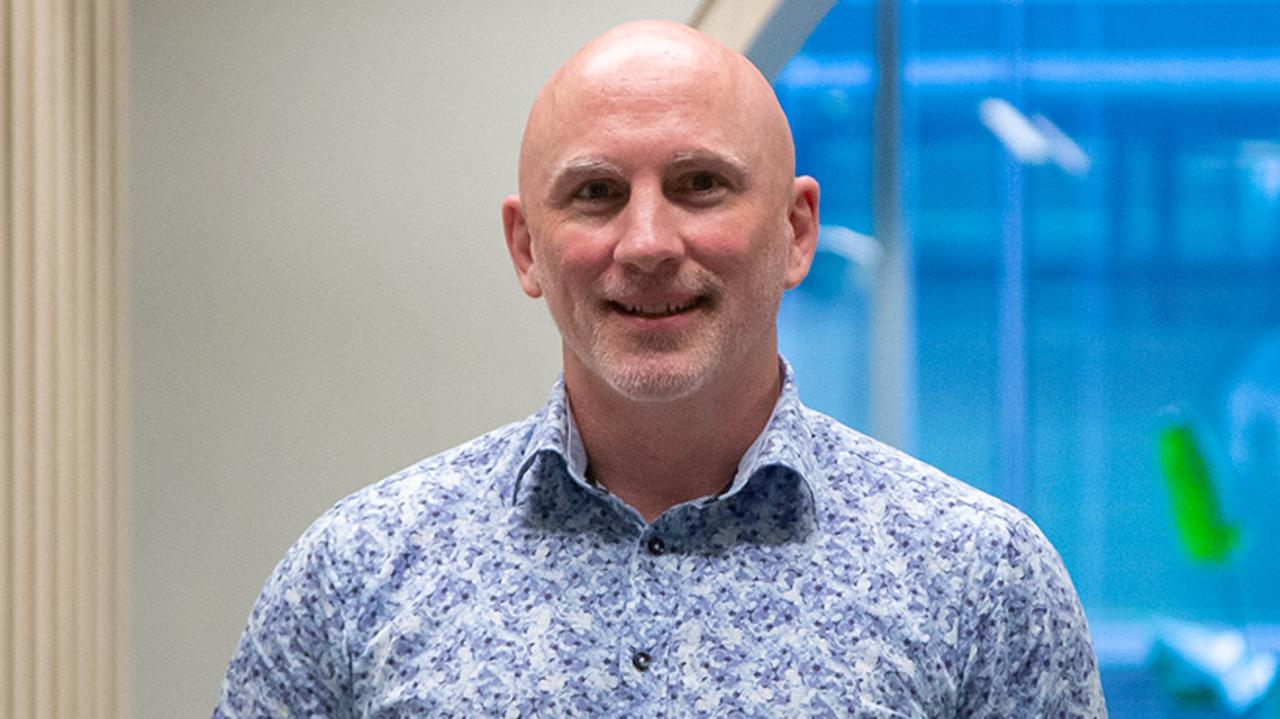Expert tips for teaching your kids to drive
Teaching teens how to drive can be risky. Here’s what every parent must know to set their kids up for success.
SmartDaily
Don't miss out on the headlines from SmartDaily. Followed categories will be added to My News.
The end of the school year is approaching and parents are preparing to dust off the L-plates and boost those logbook hours.
Christmas road trips are a great way to get eager teenagers much needed real world driving experience but there are hidden dangers that parents need to be aware of.
New research from Allianz Australia shines a light on the impact stress has on learner drivers and how parents can bring the temperature back down.
The survey of new drivers revealed that one of the biggest sources of stress when driving is from the person sitting in the passenger seat.
It turns out students are put on edge by their parents being visibly tense, acting impatient and raising their voice.
The findings also showed that a stressed out learner is much more likely to fail their test.
We chat to one of the experts to find out what parents can do to set their kids up for driving success.

DO YOUR HOMEWORK
Angelo Russo, 71, from Sydney, is a driving instructor for EzLicence who has been helping the next generation to hit the road safely for 13 years.
He’s developed some must-know tips for parents.
Russo says you can’t teach what you don’t know and most parents haven’t looked at a rule book in 20 or 30 years and are more of the thinking “when I learnt, this is what I did”.
The data backs this up with 60 per cent of teachers surveyed admitting they didn’t read the road rules.
He encourages parents to bone up on the rule book so they are armed with the most up-to-date knowledge to help their new driver grow.
Over the years many drivers have picked up bad habits they aren’t even aware of and are at risk of passing onto their children, Russo says.
“One student didn’t stop at a stop sign and when I asked him why he said ‘Dad said you only stop if there are people around’,” he says.
He also says he’s seen so many learner drivers far too close to the vehicle in front.
“You need to stay three seconds behind a car, but most parents wouldn’t know what 30 feet looks like,” he says.
More than half of the parents surveyed were guilty of not identifying if they had any bad habits and had not reflected on their own driving.
STAY CALM
Russo says it’s very important to keep calm, and your instructions should be clear and concise so you and the learner know exactly what is expected of them.
One of his students, 17-year-old Audrey, says her most stressful experience while a learner was caused by a teacher.
“The most stressful experience I’ve had while driving was in peak hour traffic in the city with a teacher who didn’t trust me,” she says.
“This meant, when I got nervous or panicked, that instead of calmly guiding me they became anxious and yelled.”
Russo explains it’s easy for parents to feel stressed when they aren’t in control but they need to understand the impact their mood and actions have on the learner.
“Most people are good drivers but they just don’t know how to deliver the information the right way,” he says.

TAKE TIME
It’s obvious to Russo that few people have taken 10 minutes before getting in the car to tell the youngster this is what they’ll need to do during the lesson. A third of students say they wished their teachers were more appreciative, empathetic and patient with their efforts.
“A lot of learning to drive is muscle memory and is very repetitive, you just need to take the time with them,” Russo says.
“Encourage them if they do something well and don’t yell if they do something wrong.”
TOP TIPS
●Look behind to get ahead: Get a second rear vision mirror so you can see what’s behind you.
●Plan ahead and add variety: Plan the journey and make it appropriate to the learner’s ability and experience. Then mix it up as they get more experienced.
●Keep calm and drive on: It’s natural to be nervous but maintaining a calm facade is vital to productive coaching.
●Drop bad habits: Step back and analyse your driving to ensure you’re leading by example.
●Ensure you’re insured: Make sure your teen is insured.
●Prepare for the unexpected: Show them where the hazard lights are, how to turn on and off the high beams, and adjust the speed of the windscreen wipers. This will help them better navigate those unexpected moments.
More Coverage
Originally published as Expert tips for teaching your kids to drive





